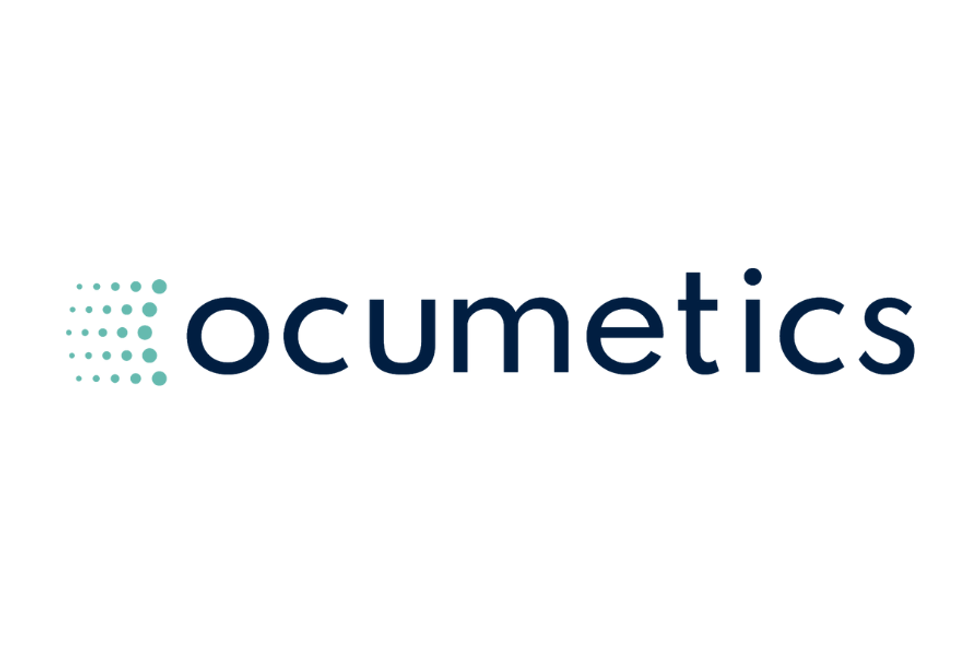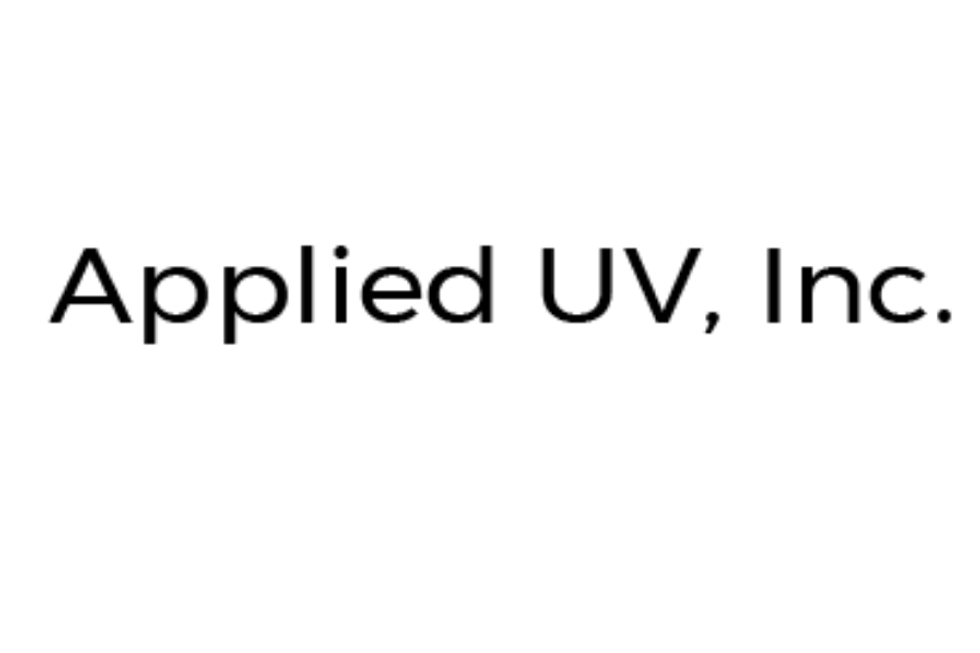How Do Medical Devices Get Approved?
How do medical devices get approved? Learn about the FDA’s intricate process for classifying and regulating these products in the US.

Life science investors are familiar with the arduous path new drugs must go through to reach the market. But how do medical devices get approved?
Regulatory agencies require the same rigorous testing and inspection for devices. In America, the US Food and Drug Administration's (FDA) Center for Devices and Radiological Health (CDRH) is tasked with reviewing new devices and making amendments to already approved devices. The CDRH looks after the entire regulation process for companies that manufacture, repackage, relabel and import medical devices to the US.
Below the Investing News Network examines the FDA approval process to show investors how the agency classifies and regulates medical devices. It’s critical for those interested in medical devices to understand this system, as sending a product to market is key for company profits and investor returns.
How are medical devices classified?
The FDA divides medical devices into three categories based on their perceived potential to do harm.
Class I medical devices are designated as low risk. These are products that don’t seem all that dangerous and generally are well established, such as enema kits, elastic bandages and manual stethoscopes. At 47 percent, nearly half of all medical devices are considered Class I.
As such, Class I medical devices are subject to the least restrictive regulatory requirements. Most, for example, do not require a Premarket Notification 510(k) — that is, a manufacturer does not need to prove that its device is “substantially equivalent” to one already on the market.
When it comes to Class II medical devices, a Premarket Notification 510(k) is one of the requirements. That’s because these devices are potentially more harmful than Class I products and therefore need to demonstrate safety. This division includes items like handheld surgical instruments and infusion pumps. These types of medical devices make up 43 percent of the market.
Class III medical devices only make up 10 percent of all medical devices, and are deemed to have the highest risk. Generally speaking, a lot more than a Premarket Notification 510(k) is needed to get these devices to market.
Replacement heart valves, denture adhesives, aspirators and breast implants — these products, and others like them, all require premarket approval before receiving clearance. That means more comprehensive and thorough clinical trials are required for these devices.
How are medical devices regulated?
The procedures, trials and regulations for Class II and Class III medical device approvals are different.
In filing a Premarket Notification 510(k), manufacturers have to prove that their product is as safe and has the same effectiveness as a “predicate” — a similar device that’s already been regulated and commercialized.
The predicate and its substantially equivalent product must also have the same intended use. If the latter uses different technology, additional information needs to be submitted to be considered for clearance, showing that no patient safety concerns appear with the new device.
According to the FDA, it takes approximately 90 days to determine substantial equivalency. Only once a product has been cleared can a company bring it to market.
On the other hand, Class III medical devices, as well as those not found to be substantially equivalent in the 510(k) process, must receive a premarket approval. In this instance, companies need to submit clinical data for the FDA to evaluate, and it takes time to first acquire those findings.
To collect clinical data, companies need to submit still another application to the FDA. An investigational device exemption allows medical device manufacturers to use their product candidates in clinical trials.
Once the studies have been completed and the premarket approval application filed, the review process takes at least 180 days. A decision is then posted publicly on the FDA’s website and anyone can petition the agency to ask it to reconsider its approval or rejection. This public review window lasts 30 days.
What is the outlook for medical devices?
Similar to other healthcare industries, costs are extremely high when it comes to medical device research and development. This means innovation may leave some companies wary, but as technology continues to evolve and advance, it is becoming increasingly difficult to ignore the impact it will — and already does — have on devices.
Technologies disrupting the space as of right now include smart inhalers, robotic surgery, wireless brain sensors, 3D printing, artificial organs and health digital wearables. In short, there is plenty of evidence to show the need for this market is second to none thanks to increasing demand from hospitals and surgical centers.
Looking at recent FDA approvals, 57 medical devices were okayed in 2018, while 2019’s total was lower at 46. In 2020 there was a strong rebound, with 69 medical device approvals. In 2021, the COVID-19 pandemic had a dramatic impact on the ability of the FDA to move medical devices through the approval process.
As a result, only 26 medical devices were approved that year. Halfway through 2022, there is hope of a post-COVID rebound, with 17 medical devices approved so far compared to only four in the first half of 2021.
Despite some of the potential roadblocks, Research and Markets believes the industry will reach US$445.1 billion by 2026, growing at a compound annual growth rate of 5 percent from 2021 to 2026. Fueling that growth will be healthcare spending, technology developments, the aging patient population and chronic diseases.
This is an updated version of an article first published by the Investing News Network in 2017.
Don’t forget to follow us @INN_LifeScience for real-time news updates.
Securities Disclosure: I, Melissa Pistilli, hold no direct investment interest in any company mentioned in this article.






